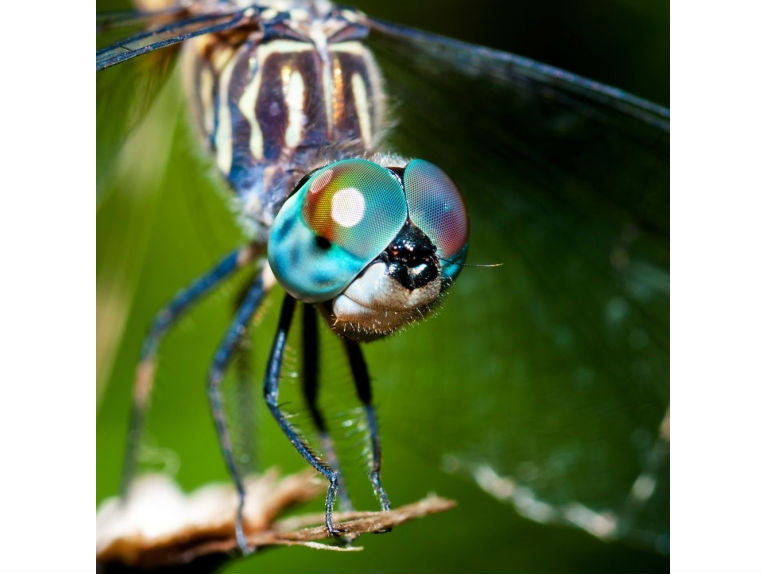The most widely used world pesticide would certainly be imidacloprid, also known by several other trade names in different countries. You can even call it chloronicotinyl nitroguanidine, if you must. Non-target species affected include many invertebrates and vertebrates.
The authors of this research expected a negative impact on many aquatic ecosystems. Analysis was to prove them correct as far as macro-invertebrate abundance and concentration of the insecticide. Many other invertebrates had such a negative relationship too, which means every species in the ecosystem is involved including, naturally, ourselves.
In the 1990s, systemic insecticides were meant to replace the old causes of the "Silent Spring" (DDT and dieldrin); Low quantities also meant less chance of pollution, and no danger of spraying disasters, as the seed treatment could be applied before any growth of the plants concerned.
The invertebrates that the Dutch researchers chose were the aquatic worm Lumbriculus, the bloodworm (actually a fly) Chironomus, the stonefly, Pteronarcys and the daddy-long-legs species, Tipula. As vertebrate, tadpoles of Rana limnocharis and R.nivalis had different reactions. Acutely toxic reaction was recorded for the first frogs at lower levels than R. nivalis. Similar differences made Lumbriculus the worst affected, while Chironomus was able to recover from a brief exposure but failed to grow and dropped in numbers with prolonged exposure. The stonefly was decimated at high levels of the chemical while the Tipula proved resilient, but changed in behaviour.
Caddis fly, and to a lesser extent dipteran and may-fly larvae were affected by thiacloprid, a related pesticide to imidacloprid. Sub-lethal effects such as reduction in feeding and digestion were recorded. Development, moulting orientation and learning were particularly affected in many species, leading to vast effects on the whole ecology of an area. Worryingly, infections increased in bees, as is well known, probably caused by the effect that the pesticide has on grooming behaviours and hygiene in the hive.

Stonefly image; Credit: © Shutterstock
Aquatic risks don't stretch to fish, which is probably why we don't hear as many complaints as we should. There's no reason to suppose that if humans eat fish, they can be spared. Further up the food chain, human beings are very susceptible to accumulations of these alien chemical time-bombs. With leaching into rivers, surface and groundwater, the soil sees to retain little pesticide, so it all ends up in a non-biodegradeable state for 30 to 162 days. Unfortunately, when degraded, the products are still neurotoxic!
Following the relationships discovered with individual invertebrates, correlations between abundance and imidacloprid concentration were important. Many other factors influence macro-invertebrate abundance, so the pesticide is not automatically accused of the crime. The high significance of the correlation can be tested however. With the acknowledged sub-lethal effects, only imidacloprid could be involved unless a multivariate regression analysis shows up other chemicals too.
The current situation with even governments trying to deny that the neonicotinoids are to blame is untenable. The effects of low concentrations investigated in the Netherlands mean that negative effects are likely within many food webs such as those in leaf decomposition communities on land, and in water.
The study of community effects are recommended by Tessa C. Van Dijk, Marja A. Van Staalduinen and Jeroen P. Van der Sluijs. They have produced a dynamite paper, published in PLoS ONE, which blows the lid off pretensions in Europe. Luckily, somebody followed their lead in the recent EU decision to ban. The rest of the world needs to follow.















